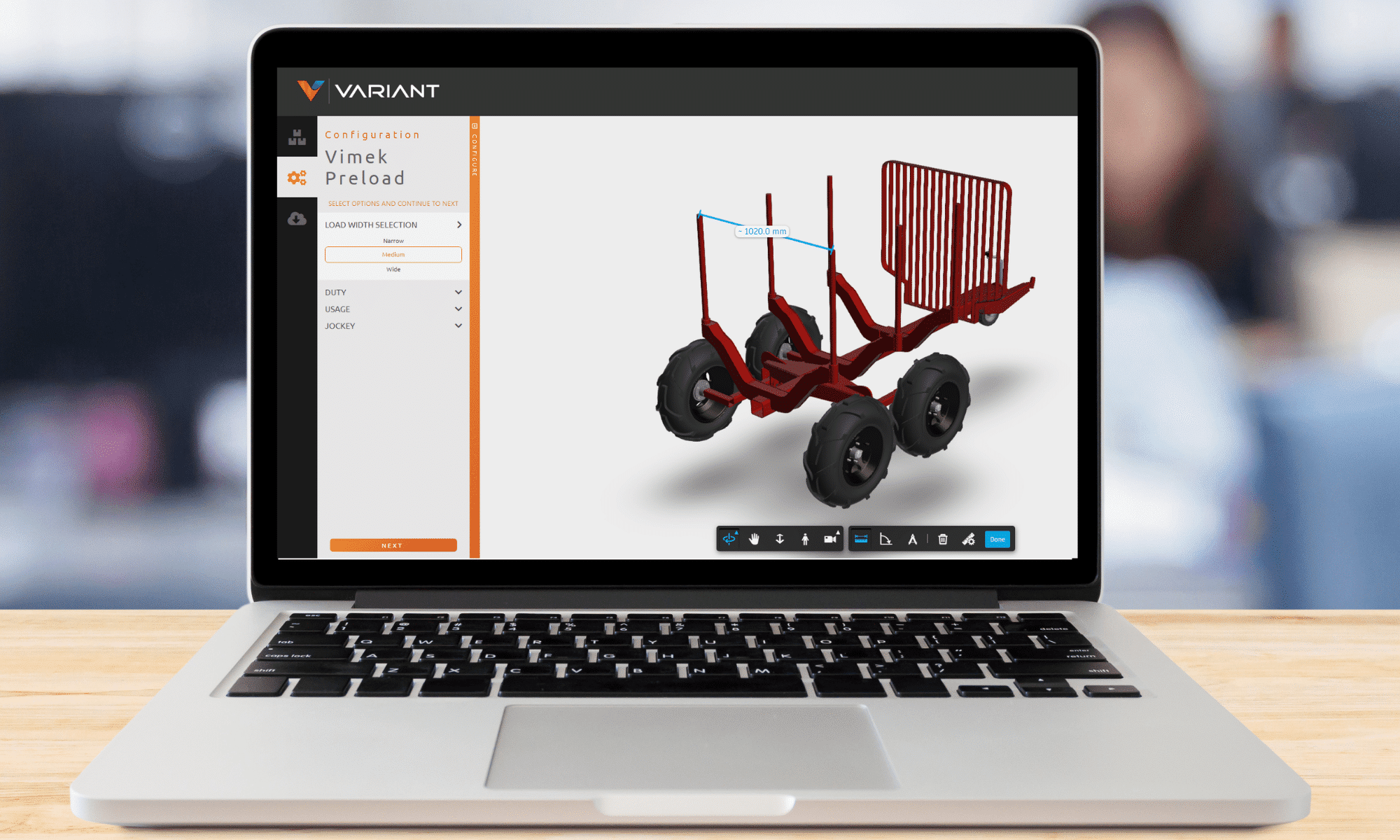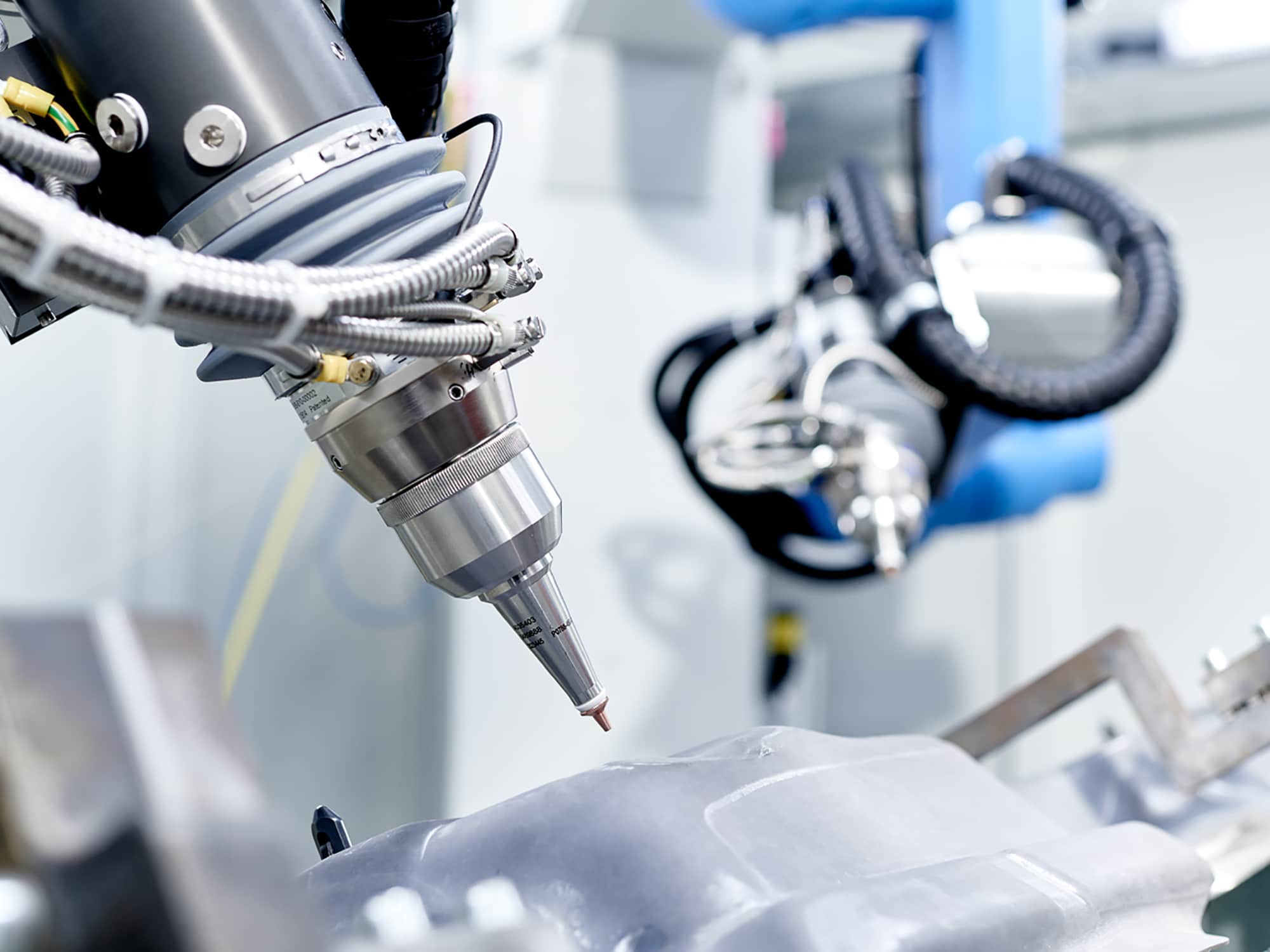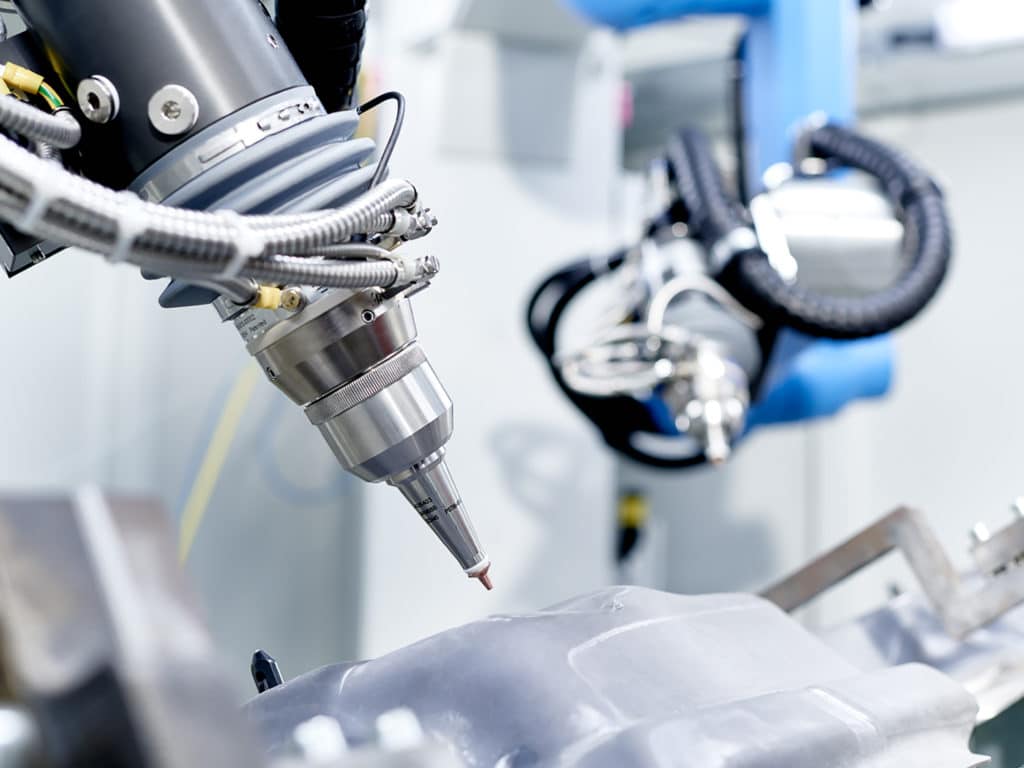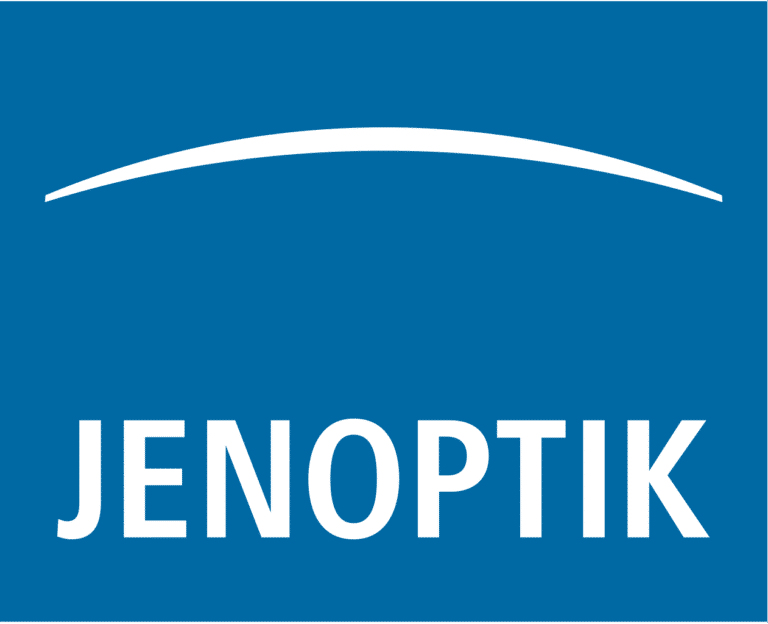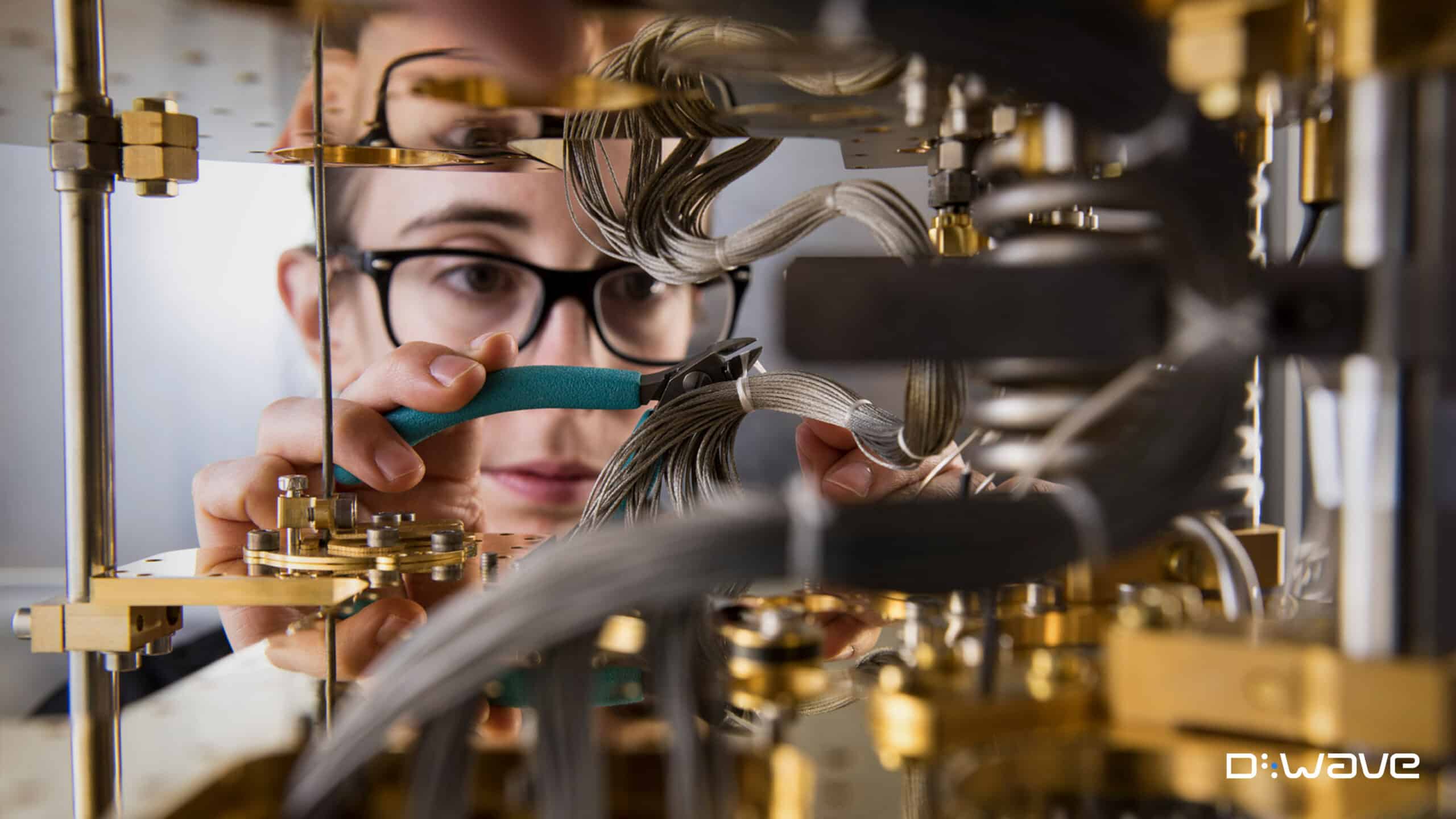2020 has taught me a number of things, including presumably how indoor cats feel, that March and June are the same thing if you don’t go outside, and that if Godzilla were to stumble onto the shores of Tokyo tomorrow, everyone would probably collectively shrug and go back to getting their coffee. While you’re probably thinking that none of these are very important lessons, I’d point out that a few of them are very strong evidence that today more than ever, is essential for businesses to better use available tools to automate processes, get employees connected, and develop strong digital connections with their customers. I’m not going to tell you which ones. Instead, we’ll jump to the point: the train probably left the station in March, but it’s not too late to get a ticket.
If you’re not already on board, you’re missing out. Notably, this year has shown a prevalent increase in the “work from anywhere” culture. Covid and WFH are now BFFs, meaning this is a necessity for multiple reasons: ensuring the safety of your employees, the risk of an outbreak impacting productivity in the workplace, and the added caveat that with the increase in WFH at many businesses means that your employees may see greener pastures elsewhere if you aren’t offering it.
This doesn’t mean that all digital transformation is created equal. Adopting Microsoft Teams and crossing your fingers is not an effective strategy for adapting to our new reality. Many workplaces have highly involved processes that require generous attention to detail and incredibly effective lines of communication. So, for a manufacturing business, how do you ensure that this forced digital revolution doesn’t impact your team’s ability to be productive?
Luckily, the revolution is no longer in its infancy, Covid has only helped it along. Many solutions already exist and for a manufacturer you can easily improve communication and visibility among your teams, automate workflows, and interface with your customer base. Autodesk Vault and Fusion Lifecycle are two such tools that, if not already in your workflow, should be up for consideration immediately.
What is Vault and Fusion Lifecycle (FLC)? These two products are the rails that the digital transformation train rides on. Fusion Lifecycle is a product lifecycle management tool, and Vault is data management tool. Together, these products rule over your manufacturing data like Facebook does over the data of…well, everyone. With a single source of information, you can control and automate state change and change management tools, ensure a smooth process from project inception to engineering and manufacture easily than ever before.
The next tool you are most likely missing out on, is a sales tool to bring your CAD data to the fingertips of your sales reps and customers. Let your customers buy their tickets to ride. While some businesses may have leveraged Autodesk Configurator 360 in the past, moving forward, this tool will no longer be supported. This is why, we at SolidCAD, have developed Variant. Variant is a web based iLogic configurator tool that can be used to easily convert Inventor iLogic assemblies into a powerful sales tool. Suddenly, that model that only engineering teams have seen becomes an interface that your customers can use to make selections, verify their choices, instantly obtain professional quotes, and order your products. If you still have massive catalogues with complex part numbers and PDF order sheets that often result in their own special type of chaos and deficiencies in your sales to manufacturing workflows, your children are probably already making fun of you on TikTok.
Now, the buck doesn’t just stop here. Its no longer worth it to simply deploy these tools, pat yourself on the back for a job well done, and head home to binge a whole season of the Kardashians on your streaming platform of choice. A train that isn’t well designed likely won’t stay on the tracks for long. Variant, FLC and Vault are all highly customizable and can be fully integrated. A comprehensive digital transformation strategy includes ensuring that these products work perfectly in sync with the bespoke workflows and processes that your business wishes it could achieve, and in a way reduces manual data transfer and intervention wherever possible. Imagine freeing up the bandwidth your sales reps, engineers and production managers expend moving around all this data? Communicating these changes, reducing the possibility for human error and not to mention the likelihood of winning more bids as a direct result of the reduced sales cycle times are just a fraction of the possibilities.
Not convinced? If your business isn’t already a passenger or ready to buy a ticket, take a moment to consider this: it’s highly improbable that you personally haven’t already benefitted from another business transforming a product, service, or industry. Whether you’ve been streaming Netflix to pass the time, connecting with family over Zoom, or watching your children use the internet to go to school, our lives have never been more touched by digital transformation. If you have, then there is absolutely no doubt that the same applies to those who work for you or buy from you. In a time where leaving our homes can suddenly have a massive impact on our lives and those of our loved ones, every business needs to consider how they can embrace this era and bring customers and employees closer together while letting them remain well apart.
All aboard!


